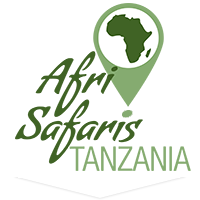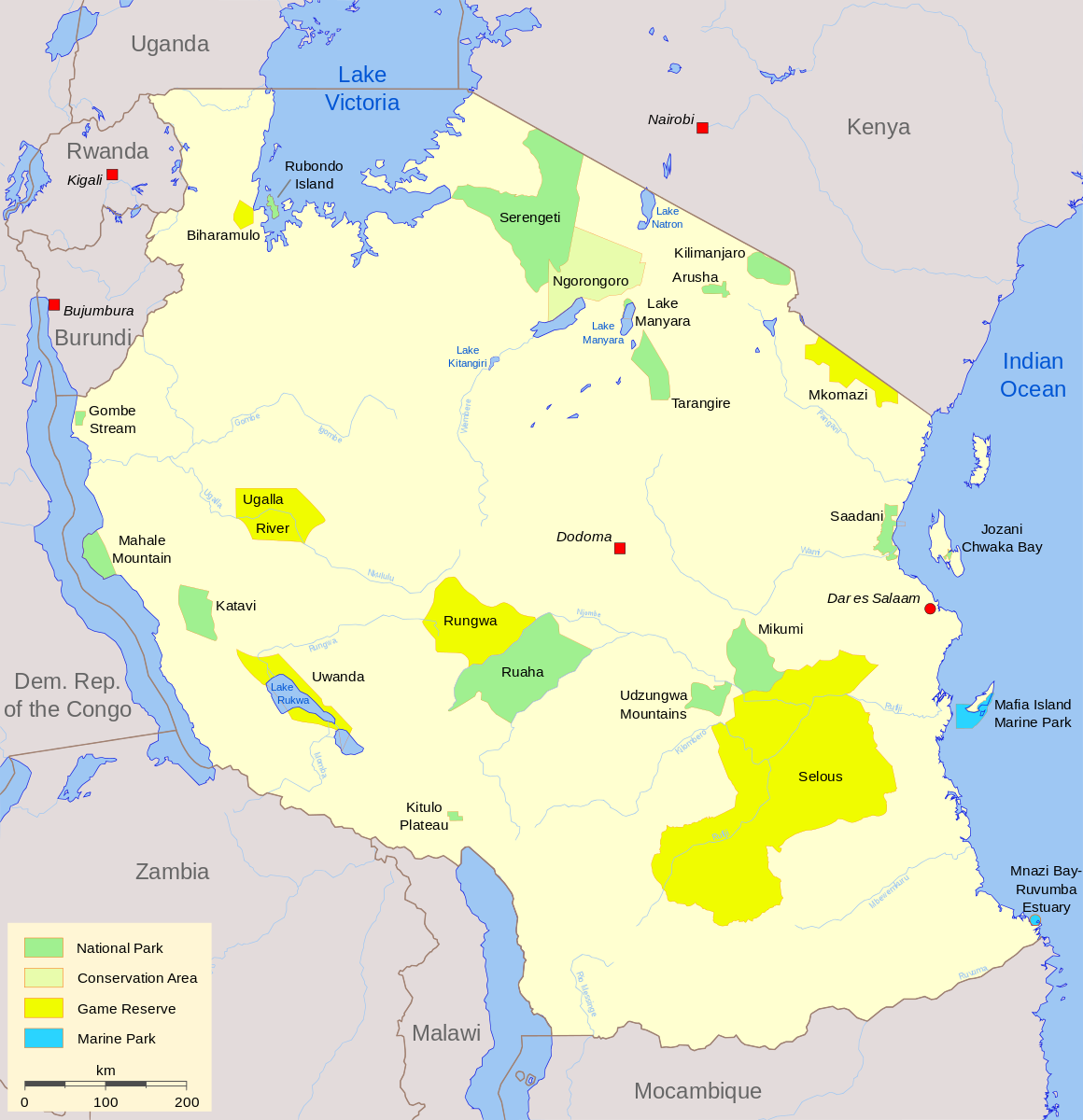Gombe Stream National Park & Lake Eyasi
Gombe Stream National Park
The Gombe Stream National Park is a protected natural area of Tanzania, established in 1968.
It is the smallest national park in Tanzania: it occupies an area of 52 square kilometers and is crossed by the Gombe stream, near the shores of Lake Tanganyika. Originally located in a tropical forest area today the park is surrounded by cassava fields, oil palm plantations and human settlements.
It was established in 1968, thanks to the intervention of the primatologist Jane Goodall, to protect a population of some thousands of chimpanzees of which today less than a hundred specimens survive. Among the other species of primates present are the green baboon, the nasobian burrow, the cercopithecus from the diadem, the green cercopithecus the red colobus and the giant galagon.
It is easier to spot chimpanzees during the rainy season (February and June, November to mid-December); the landscape is more beautiful in the dry season (from July to October, after mid-December).
The activities in the park are: Chimpanzee trekking; mountain walks, snorkelling; visit to the place where Henry Stanley met Livingstone (the famous phrase "Dr Livingstone I presume") in Ujiji near Kigoma, visit the dhow factory (typical sailing boats in the area).
Lake Eyasi and the Hadzabe Hunters
It is a lake located to the south-east of the Ngorongoro highlands. Located at about 1000 meters above sea level, it constitutes an interesting deviation in the Ngorongoro crater circuit. It will be appreciated by those looking for something different from the usual, an ancestral, raw landscape, unique in the whole circuit of Northern Tanzania.
The size of Lake Eyasi varies greatly depending on the rains, in the dry season it is often reduced to a pool of water burnt by the hot sun, which further underlines the primordial atmosphere that characterizes this whole area. It is possible to see some flamingos and pelicans migrating during the mating season.
In this area lives the population of the Hadzabe (Bushman or Tindiga) a human group of extreme interest, the last heirs of a civilization that does not know agriculture, cattle breeding, ceramics and metallurgy and which is considered alive here for about 10,000 years. This people, about 600 people divided into various tribes there about 30 individuals each, lives in the adjacent lands Lake Eyasi.
This is the population with the most ancient traditions present throughout Africa, they are the last heirs of the homo sapiens who, right here along the Rift Valley, took their first steps around 200,000 years ago, had DNA investigations by Hadzabe established that they separate from the rest of the human population about 50,000 years ago.
Their lifestyle dates back to primitive age and is based on hunting (with bows and poisoned arrows), the collection of spontaneous berries and fruits and honey.
It is possible to organize a hunt with them early in the morning and experience an archaic lifestyle for a few hours. In the region also live the Datoga, breeders originating from the Horn of Africa arrived in Tanzania following the herds in search of pastures. You can visit a village and the blacksmith's workshop which produces with ancient techniques everyday objects, jewels and arrowheads for the neighboring Hadzabe, who pay for their work by bartering animal skins and wild honey.
The Hadzabe do not practice any form of farming or breeding and use tools very similar to those used in primitive times. They use as a shelter the caves present in the territory, some of which present fossils from this population dated 10,000 years.
Their language turns out to be based on pops, probably the first form of human language.
To visit the Hadzabe tribe you need a guide who speaks their language, and games at dawn are essential.
Selous wildlife reserve
The Selous is the largest protected area in Africa, without any human settlement, the Selous Reserve is a wild universe of great beauty and variety and its total area is 54600 square kilometers and is divided into two areas: Selous north and Selous south. Photo safaris take place in the north, about 20% of the reserve, while the remaining 80% of the reserve, Selous sud, is almost exclusively reserved for hunters.
The dominant element in the park is the water that distinguishes it from all the other parks in Tanzania, some of the typical savannah animals such as elephants, hippos, wild dogs, crocodiles and buffalo are found in Selous in concentrations higher than those of any other african park. The reserve includes very different environments: miombo forests, clearings scattered with baobabs, ebans, acacias, rocky hills with shaved grass, dark earth plains flooded during the rainy season, marshes and lakes. The best time to visit the park in the less rainy season between June and December.
Places of particular interest within the reserve are the Rufiji river (which flows into the Indian Ocean facing the island of Mafia) and the Stiegler gorge, a canyon of about one hundred meters deep and just as wide, crossed by a cable car.
In Selous the number of tourists is much lower than in the more famous and popular Northern Parks and most of the structures, lodges and tented camps, are concentrated along the course of the river.










